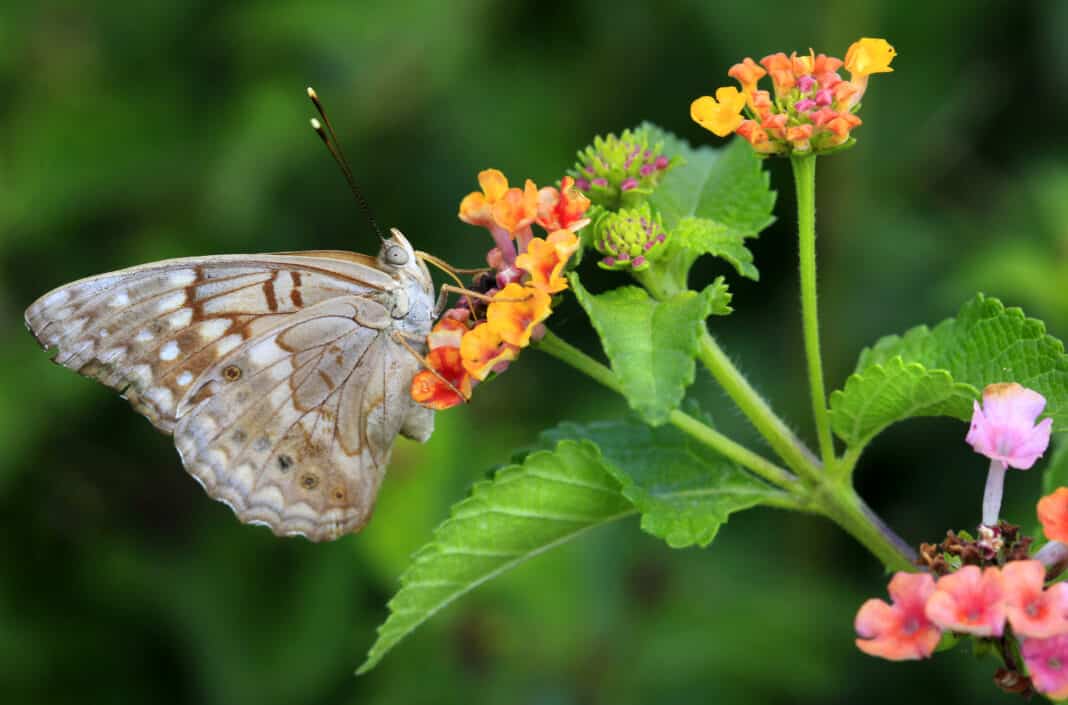The North American Butterfly Association will host its 44th annual butterfly count on July 17 at the National Butterfly Center in Mission after postponing the event originally scheduled for Saturday due to rainy weather conditions.
The NABA Butterfly Count Program has been held annually since 1975, when only 29 counts were held.
Now over 400 counts are conducted throughout the country with Mission serving as a location since 2004.
However, the Rio Grande Valley has not participated in the count since November 2016, “So this data will be critical to local and national lepidopterists,” Logan Dovalina, butterfly count coordinator and compiler, said in a news release.
During the nationwide event butterfly enthusiasts and scientists from across the country gather in different parts of North America and Canada select a count area 15 miles in diameter and conduct a one-day census of all butterflies observed within that circle.
These counts reveal numerous truths about the environment and serve as a snapshot in time of butterfly species, volume and diversity.
“Butterflies are the primary pollinators of all of our native grasses and wildflowers and flowering shrubs and trees,” said Marianna Wright, executive director for the National Butterfly Center. “So as we lose these pollinators we will also lose some of these plants and certainly the volume of plant material that covers the earth and helps with erosion, and helps produce water, and helps produce oxygen and helps combat global warming.”
The NABA data set is the largest and longest existing data set of its kind for North America and was recently used for a peer reviewed paper in the journal of science about what the decline in butterfly species means for the health of the landscape across the country.
In past years, these counts have uncovered that nationwide butterfly species are declining at a rate of 1.4% per year.
While that may not seem like a large amount, it does make a significant impact on the environment and reflects how butterfly populations are being affected by weather patterns, infrastructure developments, droughts and disappearance of habitats, to name a few.
“Butterflies are one of the most beautiful elements of the natural world, and scientists now recognize that they can also serve as one important indicator of the health of ecosystems,” a news release for the event read.
Volunteers interested in participating in this event may meet at the National Butterfly Center at 8:50 a.m. in Mission. The count will last until 1 p.m.
Those interested in attending are encouraged to wear appropriate, light outdoor clothing, use sunscreen, bring water, a hat, bug spray, a camera and any Valley butterfly field guides.
For more information, contact Dovalina at [email protected].
Editor’s note: This story was corrected to reflect that the event will be held at the National Butterfly Center in Mission.





